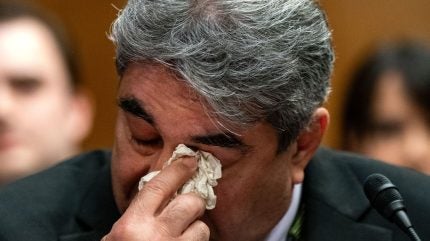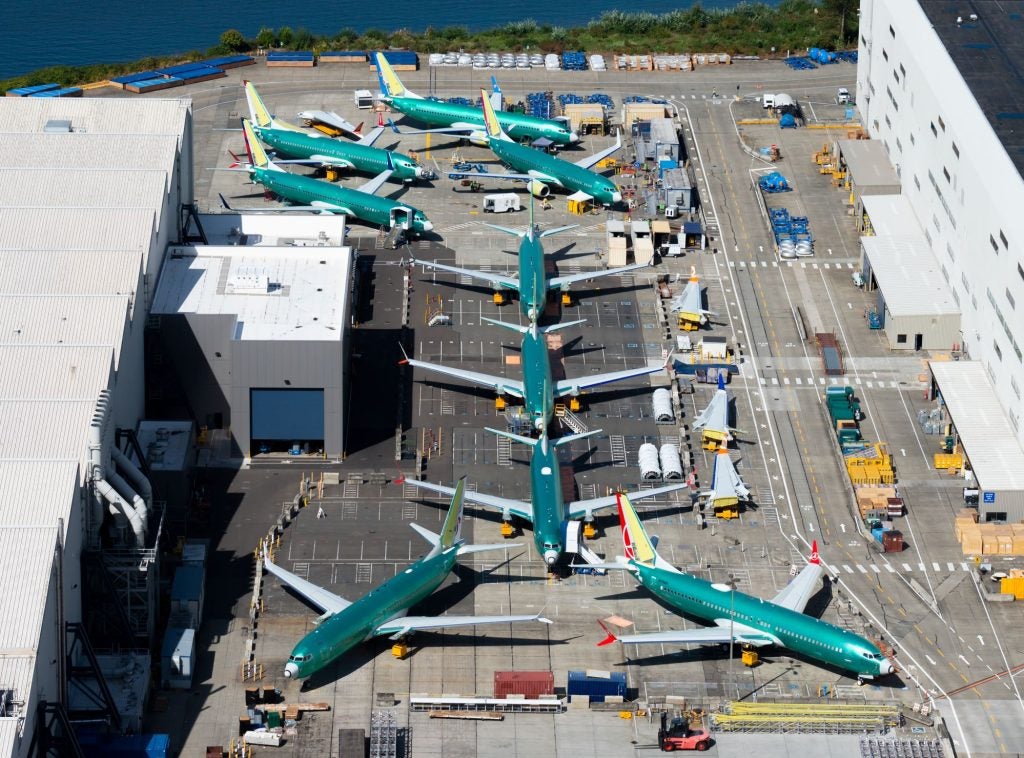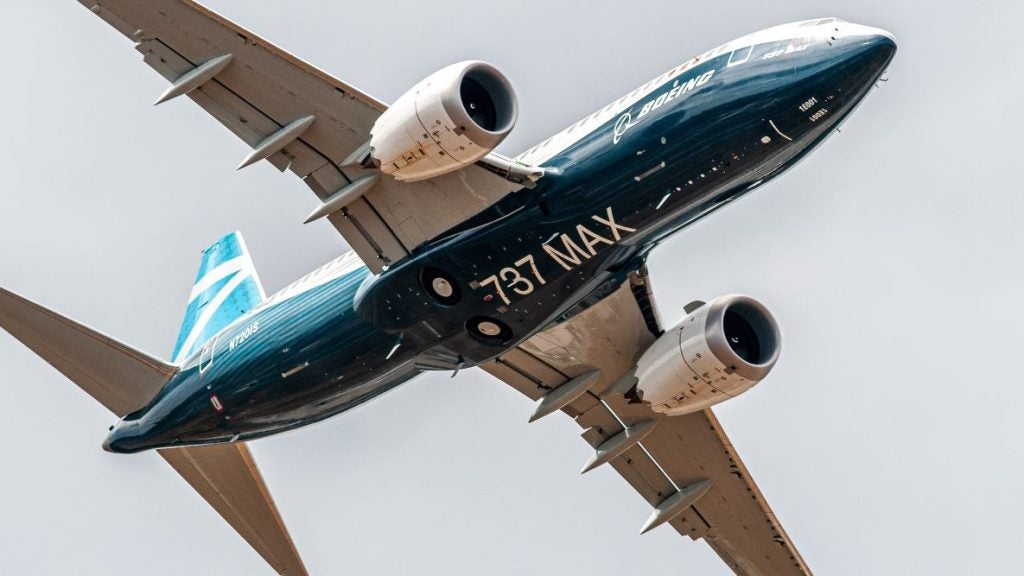
When a former Boeing engineer told US lawmakers he was ignored, bullied, and even allegedly threatened for reporting safety concerns, headlines glared and the public was widely shocked. Perhaps not as shocked as they would have been before Boeing’s ongoing safety and work environment concerns came fully to light, but hearing directly from a former employee cut through more than reports by the FAA or NTSB.
But the view from aviation industry experts across the US and Europe has been far more akin to a shrug. Not because they don’t care, or Sam Salehpour’s account wasn’t eye-opening. But because, as Andrew Charlton of Aviation Advocacy told Airport Technology, it was simply “confirmation, I think, that there are issues at Boeing.”
Kivanc Avrenli, professor researching commercial aviation safety at Syracuse University’s Whitman School of Management, pointed to historical events that pointed to concerns at the world’s most well-known aeroplane manufacturer.
“Boeing’s credibility had already begun to erode long before the 737 MAX crashes. Back on August 12, 1985, a Japan Airlines Boeing 747 was involved in the deadliest commercial aviation crash ever, stemming from a single aircraft. The probable cause was traced back to a faulty repair of the aircraft’s bulkhead at Boeing’s Seattle facilities.”
Both Boeing and JAL paid significant compensation to the families of the victims of Flight 123.
But the similarities to the causes of the 1985 disaster, and the recent manufacturing and managerial issues at Boeing is worrying, if not worse.

US Tariffs are shifting - will you react or anticipate?
Don’t let policy changes catch you off guard. Stay proactive with real-time data and expert analysis.
By GlobalData
“Considering the prevailing culture at Boeing, the allegations of bullying are unsurprising,” Avrenli added.
He mentioned the case of John Woods, another former Boeing engineer who reported failures and was later dismissed by Boeing.
“Woods also observed instances of overlooked damaged parts, raising concerns about potential fuselage structural failure. Despite appealing to Boeing HR due to harassment, he was terminated weeks later. It’s plausible that Sam Salehpour experienced a similar ordeal,” Avrenli said.
A court dismissed Woods’ case in 2012.
Fast-forward to 2024, and Boeing is facing another legal challenge, this time from seven passengers who were aboard an Alaska Airlines flight that suffered a serious failure shortly after taking off from Portland, Oregon in January. One of the appellants was nearly ejected from the aircraft, but was saved by his seatbelt.
An investigation has said “missing bolts” as a result of substandard maintenance were likely to blame for the door plug falling off the aircraft.
The lawyer representing the passengers, Tim Loranger of Wisner-Baum in Los Angeles, told Airport Technology the evidence was “context to this trail of trouble,” and said change was needed immediately.
“Mr. Salehpour and other witnesses’ allegations about Boeing putting profits and delivery ahead of product safety certainly give context to this trail of trouble that has been widely reported over the years.”
“Boeing doesn’t need to wait for a switch in CEOs to seriously investigate its safety culture. Why not start cleaning [the] house before the new CEO comes in next year?”

But not everyone agrees that Boeing’s reputation is rock-bottom. At least, not yet.
Robert Bird, professor of business law and ethics at the University of Connecticut, who recently published research on Boeing’s governance said its reputation was strong enough before the current crisis to withstand the pressure. As long as it acted quickly.
“The company has not lost all credibility, yet. Boeing had a decades-long tradition of quality manufacturing and with that tradition came a stellar reputation. However, this reputation is in jeopardy,” Bird said.
“Boeing executives must act immediately and decisively to persuade regulators and the public that safety is a top priority. Failing to do so could result in substantial reputational damage that could take many years to repair,” he explained.
And that action could easily be prompted by Salehpour’s call for an immediate investigation into all of Beoing’s blue-ribband Dreamliner fleet, and their grounding if deemed necessary.
“Grounding an entire class of aircraft is a serious decision that should not be made lightly. However, Sam Salehpour’s evidence to Congress represents substantial testimony about the safety of 787 Dreamliner planes,” Bird said.
But as huge as the turbulence for the aviation industry would be, the choice, said Bird, is stark.
“This is a critical moment for Boeing, and the company must present strong evidence that the 787 Dreamliner plans meet or exceed all relevant safety and performance standards. Boeing cannot afford another mistake. Human lives hang in the balance.”
Loranger concurred, saying the short term pain of any grounding would be acceptable in the long term.
“The fact is, and I believe this, that neither the FAA nor Boeing want to see people get hurt or killed through faulty products.
“But the FAA needs to maintain its arms-length oversight and inspection. And Boeing needs to turn its focus back to the quality of its products, even if that means in the meantime selling fewer planes than Airbus. With China poised to enter the commercial airliner market, now is the time to ensure the quality of Boeing’s products is better than ever,” he urged.
The aviation industry may not have been entirely shocked by more evidence of a toxic environment at Boeing, but it’s surely getting tired of continued disruption and anguish caused by the US giant.
Andrew Charlton, who we heard from at the beginning, summed up the feeling succinctly when asked if the Congressional investigation was finally the ‘kick’ Boeing needed to turn the page.
“One of a number of such kicks and the more the better at this stage, frankly,” he concluded.



